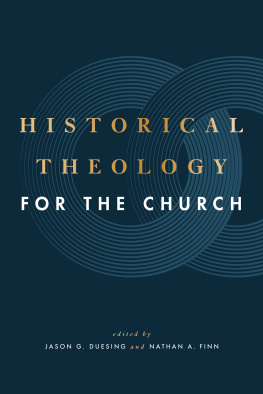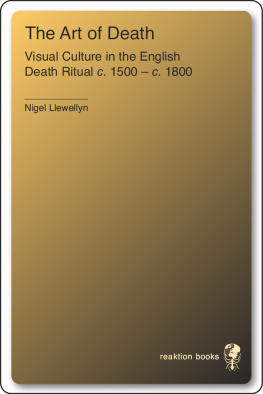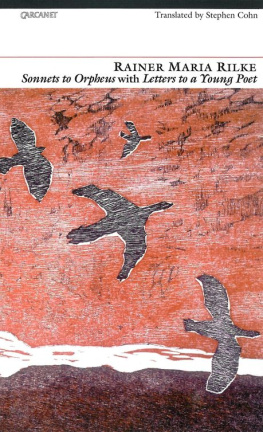
Our thanks are due first of all to the Institut Ramon Llull for a grant from their programme of support for translation of Catalan literary works, and to Eric Lane and the Dedalus team for undertaking to publish Dark Vales. We are also grateful to Kim Eyre, for reading the English text and suggesting sensitive amendments; to Mike Mitchell and John Devlin for their encouragement, and for discussing various nuances of meaning and expression, pointing us towards improvements. The frontispiece map was kindly supplied by Josep Maria Mussachs of Editorial Alpina, Barcelona.
The builder, Josep Vilardeb i Puig, like Eva a native of Figuer-Montmany, was born in the Rovira house, a major landmark in the narrative. In the summer of 2011 he accompanied her and Jordi Castellanos on a tour of the whole district, sharing with them his memories and insights, pointing out hidden corners and identifying virtually all the buildings (most now in ruins) mentioned in the text.
Jordi, himself a son of the sots ferstecs, and the leading authority on the work of Raimon Casellas, tragically did not live to see this publication of Dark Vales, which would have given him such pride and satisfaction. The first English translation of the novel is dedicated to the memory of a special friend and generous mentor:
Jordi Castellanos i Vila
(Tagamanent, 11/9/1946 Barcelona, 19/10/2012)

Cover of the first edition of Els sots ferstecs, 1901.
(Biblioteca de Catalunya)

Cover of the first edition of Les multituds, 1906.
(Biblioteca de Catalunya)
Alan Yates, born in Northampton in 1944, is Emeritus Professor of Catalan at Sheffield University where he worked for 30 years, after graduation (1966) and then a doctorate (1971) from Cambridge. His teaching and research covered the language and the modern literature of the Catalan-speaking lands. He has published several books and numerous articles in these fields, now keeping a foot in both by exercising his enthusiasm for literary translation. The rest of his time (when not spent with grandchildren or being out and about on his local patch) is devoted to mountain walking and nostalgic fell-running.
Eva Bosch is a painter, writer and video maker. She writes on prehistoric art, and has lectured on Picasso and Mir at the National Gallery, Tate Modern and the Instituto Cervantes. Born in Barcelona, she grew up in Figuer-Montmany, the village where Dark Vales takes place. In 1973, she fled the upheavals of Francos regime to settle in the UK, where she studied at the Royal College of Art and later at the Rijksakademie van Beeldende Kunsten in Amsterdam. She now lives and works in London with regular sojourns in her home village, combining her creative work with lecturing in the History of Art.

Portrait of Raimon Casellas, c. 1898, by Ramon Casas Carb.
(Charcoal on paper. Museu Nacional dArt de Catalunya, Barcelona.)
Contents
I |
II |
III |
IV |
V |
VI |
VII |
VIII |
IX |
X |
XI |
XII |
XIII |
XIV |
XV |
XVI |
XVII |
XVIII |
XIX |
XX |

The Figuer-Montmany district of Catalonia.
(Fragment reproduced from the map Cingles de Bert, courtesy of Editorial Alpina, Barcelona, 2013.)

Main street with donkey Figuer around 1910.
(Courtesy of the Municipal Archive, Figuer-Montmany)
The novelist and the novel in context
Raimon Casellas i Dou (b. Barcelona 1855) died, almost certainly by suicide, in 1910. The reasons for his premature death can be read between the lines of his novel Els sots ferstecs. The first edition appeared in Barcelona in 1901, although all of its chapters had previously been published between 1899 and 1900 in a Catalan newspaper. Els sots ferstecs is considered to be the first truly modern novel in Catalan.
Casellas was an extremely influential figure in Catalan Modernisme. This movement corresponded in broad terms to Art Nouveau and the European fin de sicle, and it left a major legacy on all artistic fronts. The architect Antoni Gaud and contemporaries like Domnech i Muntaner and Puig i Cadafalch exemplified a revolution in style which also reverberated locally in every branch of the decorative arts. The young Picasso was formed in that setting, absorbing trends which were distinctive in outstanding Catalan painters like Ramon Casas, Santiago Rusiol and Isidre Nonell. It is important to understand Els sots ferstecs as a manifestation of the same cultural revolution.
Casellas was primarily an art historian and critic, but his novel Els sots ferstecs, and his two collections of short stories (Les multituds: 1906; Llibre dhistries: 1909) demonstrated a talent for giving literary form to his intellectual and artistic concerns.
Modernisme was superseded by the more sober cultural model of Noucentisme which prevailed in the first decades of the twentieth century. Casellas was torn between his own initial artistic idealism and the demands of a more disciplined programme. Class conflict and social turbulence, however, were exacerbated during the same period, and this undoubtedly contributed to the authors final disillusionment, perhaps anticipated already (intuitively and poetically) in his novel.
With input from Modernisme and then Noucentisme, the basis of twentieth-century Catalan politics and culture were established. These can be concisely defined as: organised demands for autonomy within the Spanish state, affirmation of cultural distinctiveness and consolidation of the status of the Catalan language. The Spanish Civil War (1936-1939) followed by the dictatorship of Francisco Franco led to a period of social and cultural repression with the suppression of the Catalan language and culture. After the death of Franco in 1975 things changed during Spains difficult transition to democracy. The Spanish Constitution of 1978 gave the Catalan language special respect and specific protection in the respective autonomy statutes of Catalonia (1979), Valencia (1982) and the Balearic Islands (1983). The new political context enable Catalan literature to recover its twentieth-century momentum and flourish again. A good illustration of this is the fact that the first edition of Els sots ferstecs with a scholarly introduction appeared in 1980, at a time when many other key writers from the pre-war period were being rediscovered.
Next page













